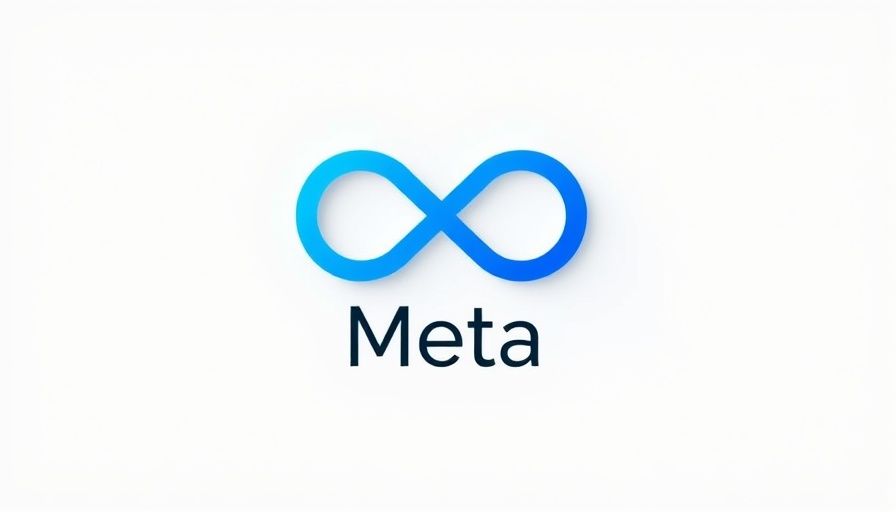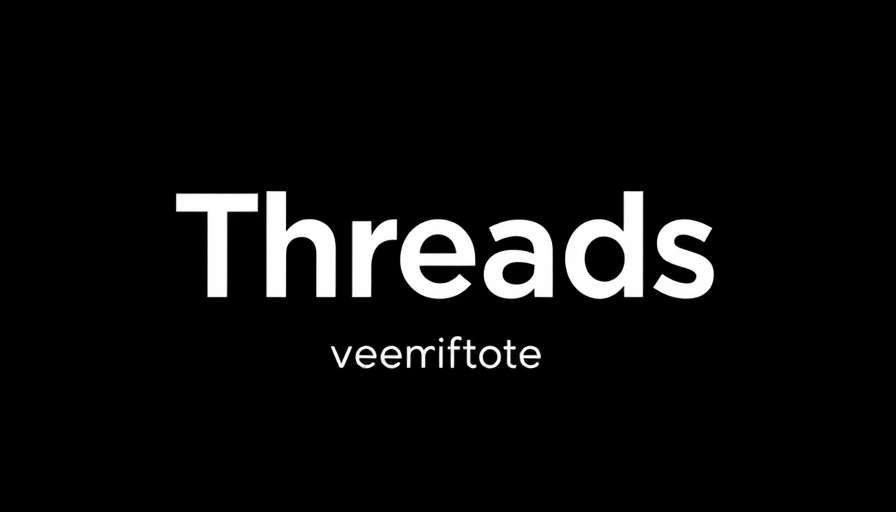
Why Is Facebook Reviving the Poke Feature?
It may have been more than a decade since the "poke" feature first graced Facebook’s platform, but it seems Meta hasn't quite given up on the playful interaction just yet. In a recent move, the tech giant announced its latest attempt to revive Pokes, complete with some modern twists. This revival follows previous attempts in 2017 and again last year—a clear sign that the folks at Facebook believe there’s still value in this eccentric social gesture.
How Pokes Work: Changes and New Features
The new poke functionality is designed to take a more streamlined approach. Facebook is adding enhanced visibility: users will now be able to see who has poked them, as well as track the growing poke count with friends. Plus, the Poke button has returned to user profiles, making it easier than ever to send those good-natured jabs. With these changes, will this classic feature gain traction among users, particularly the younger generation who may be looking for novel ways to engage?
Gamifying a Nostalgic Feature
Incorporating gamification seems to be Meta's strategy, perhaps hoping to spark a competitive spirit similar to Snapchat streaks, where users can measure their interaction through poke counts. The idea is to create a playful environment where users feel encouraged to poke each other, much like the days when Facebook was primarily about light-hearted contacts among friends. But can this reinvention capture the attention of a generation that now heavily relies on messaging apps?
Facebook's Shift in Engagement Strategies
Meta’s push to reinstate older features such as Pokes coincides with its broader strategy to engage users who have been drifting away from the platform. With the advent of instant messaging applications, traditional social media interactions have reduced significantly. Facebook is trying to recapture that lost engagement by revamping classic elements. Still, this begs the question: will users gravitate toward Pokes amidst a digital landscape increasingly dominated by emojis and quick replies?
Is This a Failed Experiment or a Hidden Gem?
As nostalgic as poking might be for some long-time Facebook users, its future appears unclear. While Meta might celebrate a poke revival, many might view it as overly ambitious amidst dwindling user engagement. Is there a market for this quirky feature, or is it simply an outdated relic of social media history? Fans of the poke need to rally to prove its relevance!
Future Insights: What Lies Ahead for Facebook?
Looking to the future, the success of Pokes will depend heavily on user adoption. If this revival attracts younger audiences looking for unique interactive experiences, it could mark a new chapter in Facebook’s efforts to innovate. On the flip side, if it's met with indifference or ridicule, it may join the ranks of past failed experiments like FarmVille on Facebook. Only time will tell.
Engaging with Facebook: What Does This Mean for You?
The revival of Pokes brings questions about broader social media engagement. Will you engage with this resurrected feature? If so, it might be a fun conversation starter among friends, even bolder than gifs or classic status updates. Alternatively, if you find Pokes painfully unnecessary, your experience might reflect the larger trends of user preferences in the social media realm.
In Conclusion: Will You Embrace Pokes?
As Meta ventures back into nostalgic territory, they are banking on users ripe for quirky interactions. The revival of Pokes may just be a unique way for Facebook to rekindle connections, or it could prove futile. What’s evident is the company’s willingness to evolve and experiment, even with features that many may have thought were left in the past. The choice is now in the hands of Facebook’s diverse user base: will Pokes become a beloved feature again, or will it fade back into obscurity?
 Add Row
Add Row  Add
Add 




Write A Comment